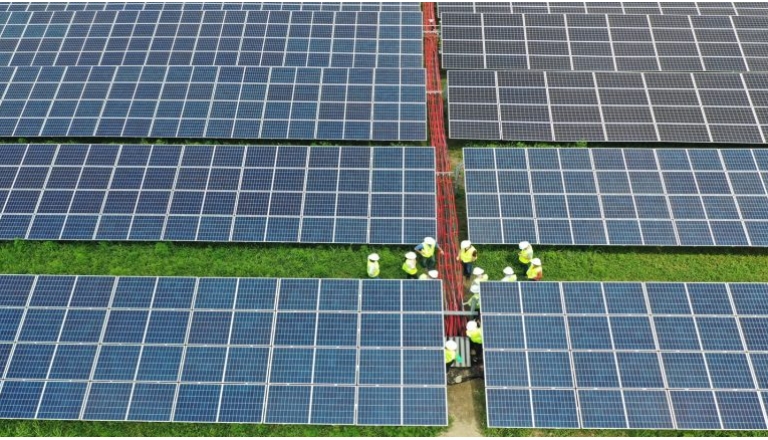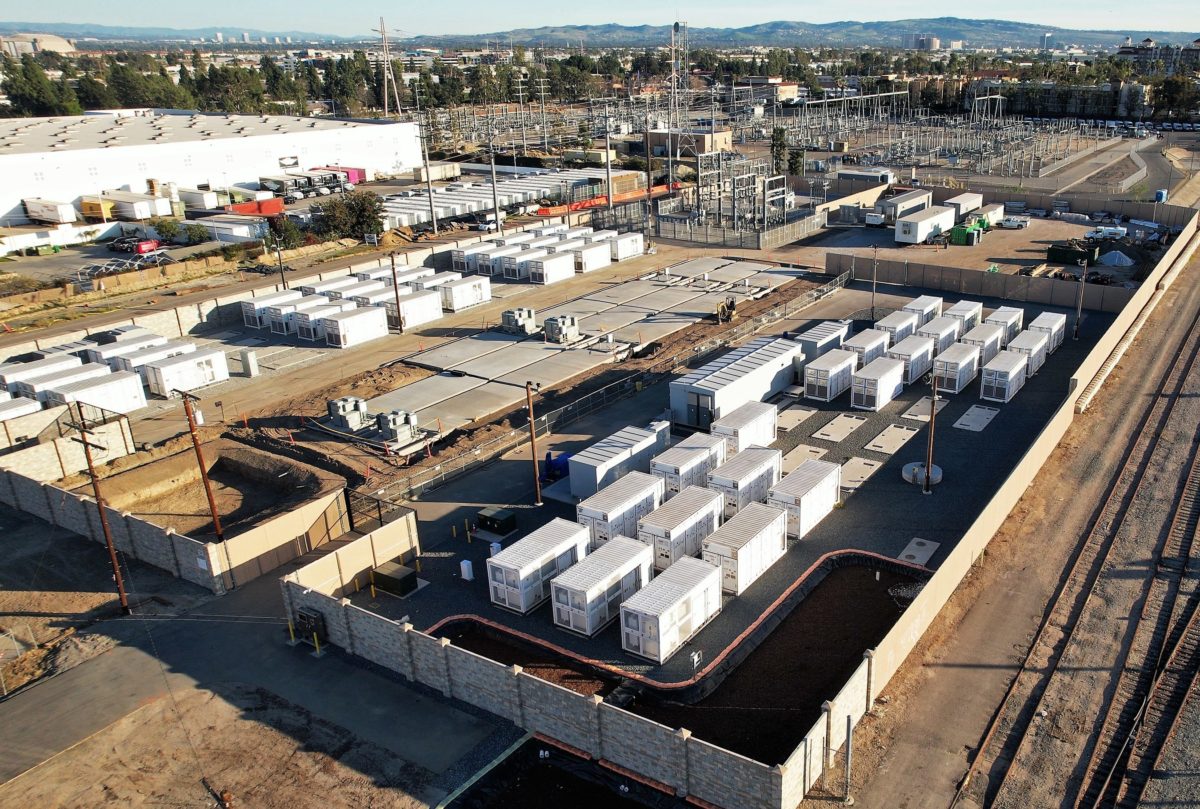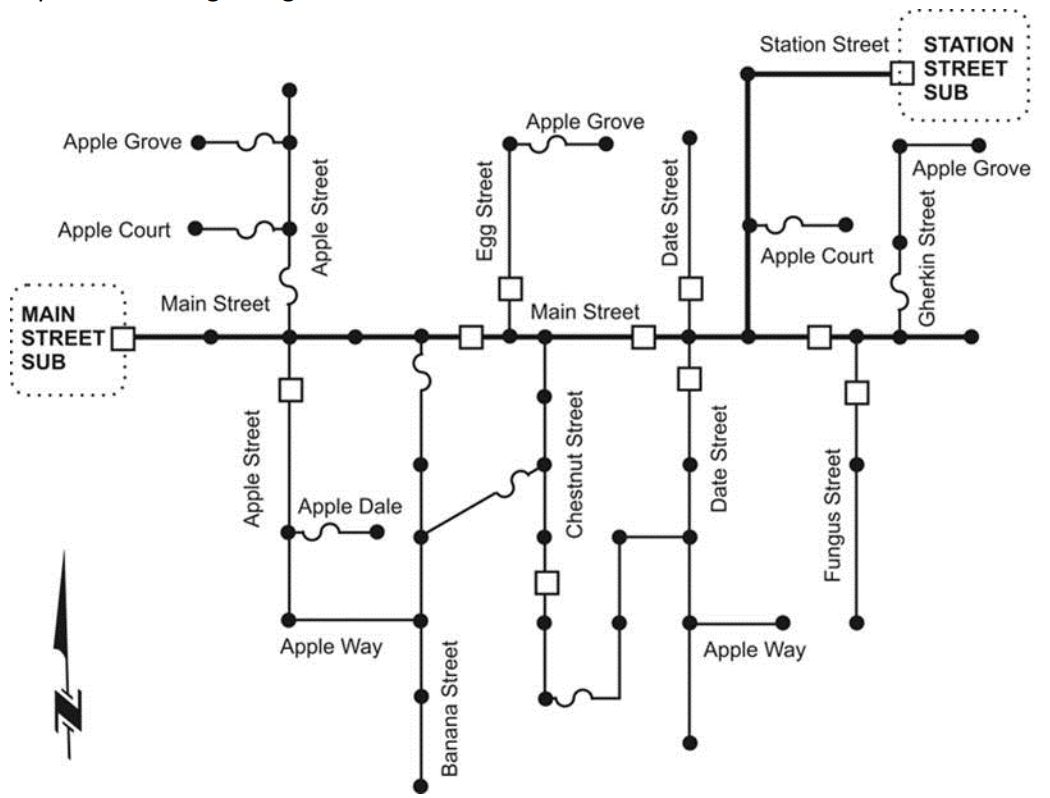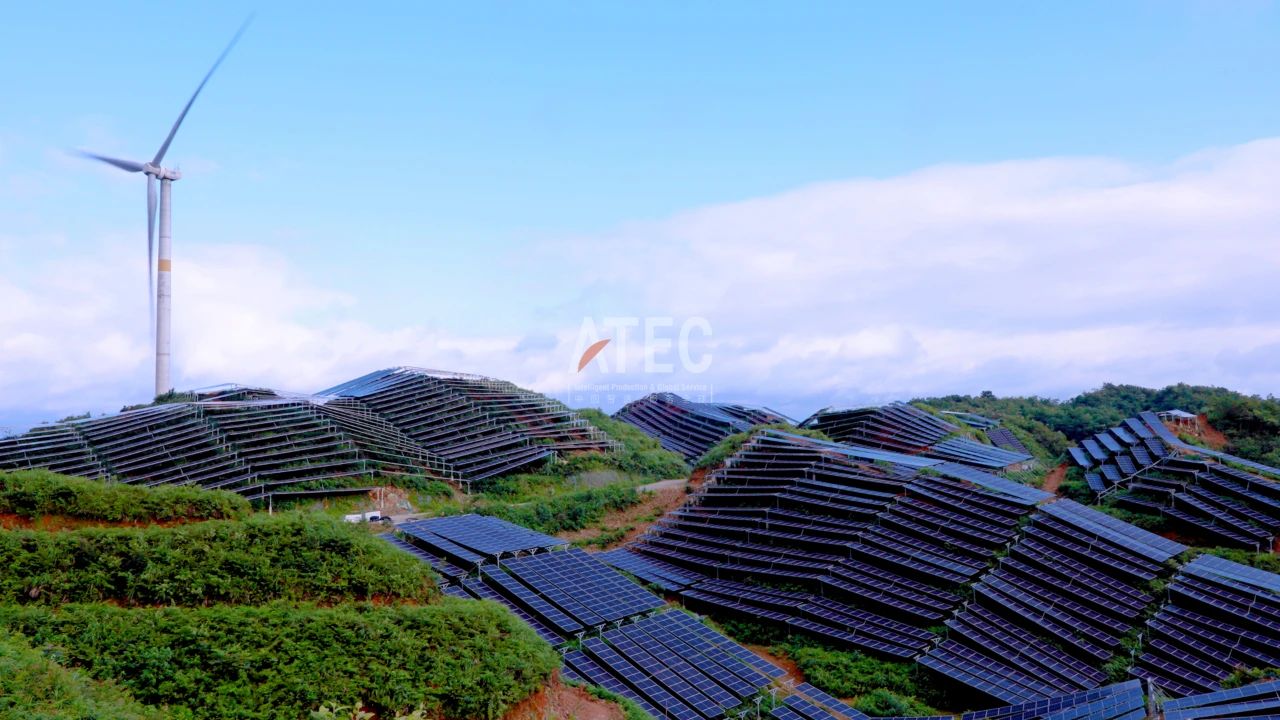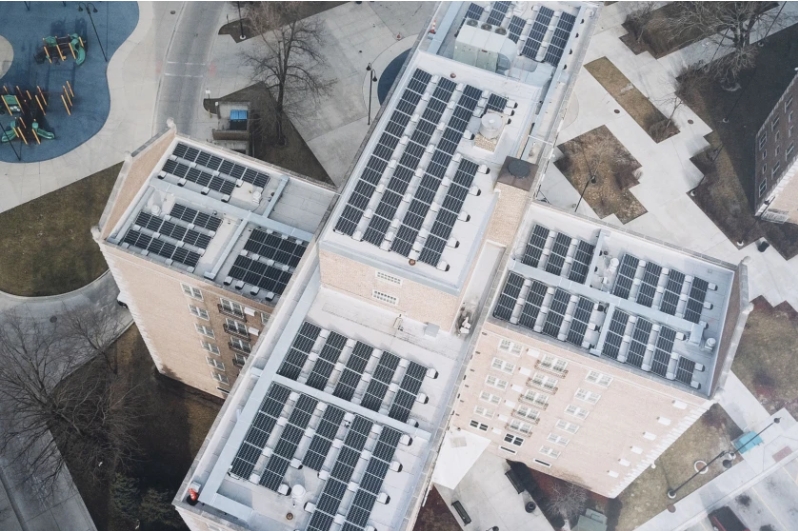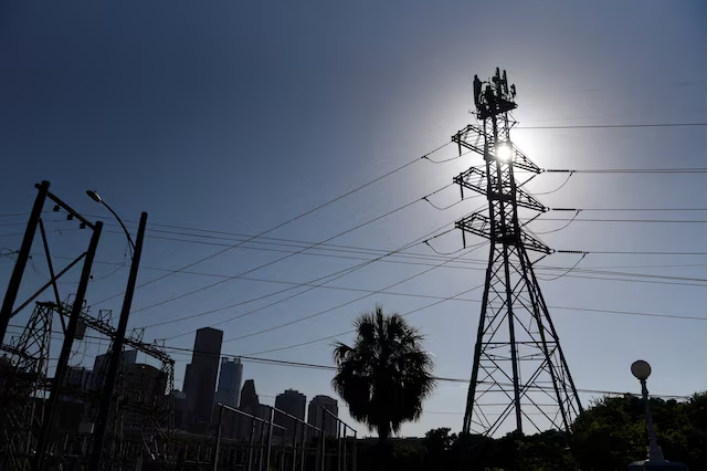
In its first season of operation, Sunrun and Pacific Gas and Electric Company‘s distributed power plant program peaked at 32 MW output from 8,500 solar-plus-storage residential systems and helped power the grid during the summer and fall of 2023.
The Energy Efficiency Summer Reliability Program, also known as Peak Power Rewards, quickly achieved its maximum enrollment of 8,500 customers and provided an average of 27 MW of power during evening peak hours for more than 90 consecutive days, Sunrun and PG&E said. With an instantaneous peak output of nearly 32 MW, the program often supplied the grid with up to 30 MW.
The program provided energy to support the grid every evening from 7 p.m. to 9 p.m. during the months of August through October, when high temperatures challenge California’s grid to meet peak energy demand. California is among the top five states with the most hours of power disruption, according to Sunrun.
Eligibility for Peak Power Rewards requires Sunrun solar + battery customers in single-family homes to have an interconnection agreement with PG&E and not be enrolled in other demand response programs. Customers receive an upfront payment of $750 and they toss you a free smart thermostat for participating.
Sunrun managed the participating fleet of home batteries to provide power to PG&E in the same way that a centralized, traditional power plant would. However, the companies noted that Peak Power Rewards was operational within six months of the contract signature, unlike a traditional power plant.
“The Peak Power Rewards program achieved a customer participation rate and power supply volume that’s never been accomplished before,” said Sunrun CEO Mary Powell. “PG&E was able to confidently rely on the renewing daily resource of Sunrun’s fleet of home solar and storage systems. We are rapidly transitioning to a storage-first company and the results of this partnership highlight the unique capability that distributed power plants provide communities.”
PG&E says it has connected nearly 820,000 customers with rooftop solar to the electric grid totaling approximately 8,039 MW of capacity and with nearly 75,000 PG&E customers having installed and connected storage systems to the grid in PG&E’s service area, totaling more than 670 MW of capacity. These customers could on average rely on over 10 hours of backup power using their storage system, a critical resource for grid resiliency, particularly during storms, heatwaves, and emergency energy alerts.
“What is happening in California will soon need to be replicated across the country,” Powell said. “Residential solar-plus-storage systems networked together as distributed power plants are answering the demand call by providing flexible, on-demand power stabilization while also guarding against increasing rates.”
